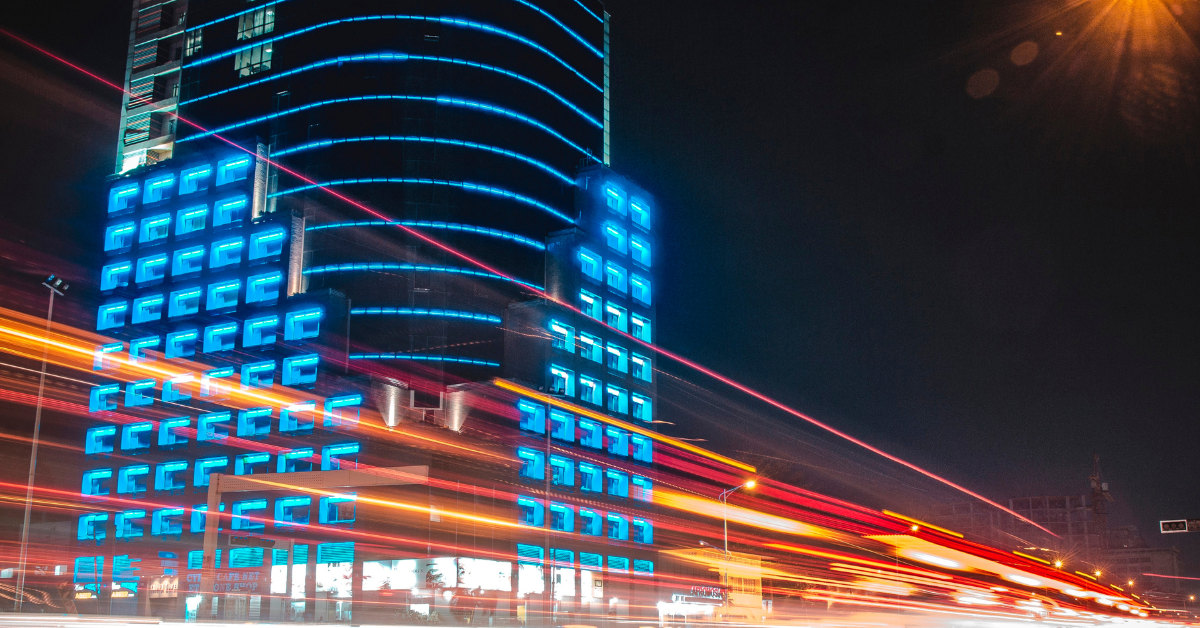Kinshasa, the capital of the Democratic Republic of Congo, is one of Africa’s largest cities. For many Japanese people, the dominant image is insecurity and political instability, but in reality, Kinshasa continues to grow as a cultural and economic hub. This article compares Japanese perceptions with the reality, highlighting music, sports, and everyday life to show Kinshasa’s many faces.
Common Images Japanese People Have of Kinshasa
For Japanese people, Kinshasa is often seen through news coverage and films, leading to an impression centered on crime, instability, and insecurity. Few people consider it as a travel destination, though those interested in African music and art may have some awareness of the city.
| Category | Typical Japanese Image | Reality |
|---|---|---|
| Security | A dangerous city difficult to visit | Some areas are relatively safe, and redevelopment projects are ongoing |
| Economy | A symbol of poverty and disorder | Commercial districts are bustling, with growing business activity |
| Culture | A hub of African music | In reality, many internationally known artists have come from Kinshasa |
| Urban Landscape | Poor infrastructure | High-rise buildings and shopping malls exist, modernization is advancing |
| Sports | Little recognition | Known internationally through boxing and football history |
Why These Images Are Formed
The Japanese perception of Kinshasa is shaped largely by media reporting and education.
| Source | How It Is Presented in Japan | Resulting Image |
|---|---|---|
| News | Focuses on war, politics, and security issues | Reinforces the idea of danger |
| School Education | Focus on natural resources and conflicts, less on urban life | Seen as a distant and unknown city |
| Media Works | Documentaries and films emphasize poverty and chaos | Negative aspects are amplified |
As a result, the richness of local culture and everyday life is often overlooked, leading to a limited and skewed perception.
Reality of Kinshasa vs. Japanese Perception
Kinshasa is home to over 15 million people, making it one of Africa’s largest cities and an important economic hub. Restaurants, shopping centers, and financial institutions operate in the city, and foreign business visitors are increasingly common.
However, because Japanese media coverage focuses heavily on unrest and insecurity, the vibrancy and development of the city are not well recognized in Japan. This imbalance contributes to misunderstanding.
Kinshasa Through Sports
Kinshasa is not only known for culture and music but also as a historical stage for sports.
- The 1974 Heavyweight World Title Match
The legendary bout between Muhammad Ali and George Foreman, known as the “Rumble in the Jungle”, was held in Kinshasa. It drew global attention and made Kinshasa instantly famous as a sporting city. - Football as a Way of Life
Football is deeply rooted in daily life, with children often seen playing in the streets. The Congolese national team has competed at international tournaments, making football a symbol of national pride.
| Sport | Historic Event | Recognition in Japan |
|---|---|---|
| Boxing | Ali vs. Foreman, 1974 | Known among sports fans |
| Football | Congo national team in continental tournaments | Little known in Japan |
| Basketball | Growing popularity among youth | Rarely recognized in Japan |
Attractions of Kinshasa for Japanese People
By looking beyond stereotypes, Japanese people can discover new and compelling aspects of Kinshasa.
| Aspect | Description |
|---|---|
| Music & Arts | Produces world-class artists; the city is filled with music |
| Markets & People | Vibrant markets and lively exchanges leave strong impressions |
| Sports | Pride in hosting historic matches, football as a way of life |
| Economic Potential | Commercial growth and foreign investment backed by rich resources |
Conclusion
The Japanese image of Kinshasa is often limited to “danger” or “a faraway city”, but the reality is a vibrant metropolis rich in culture and economic activity. From music and dance to sports, Kinshasa is a city that actively connects with the world.
For foreigners, understanding how Japanese people view Kinshasa is also valuable—it helps promote mutual understanding. By moving beyond misconceptions and appreciating the city’s richness, Kinshasa can be recognized not just as a distant place but as a symbol of modern, energetic Africa.






